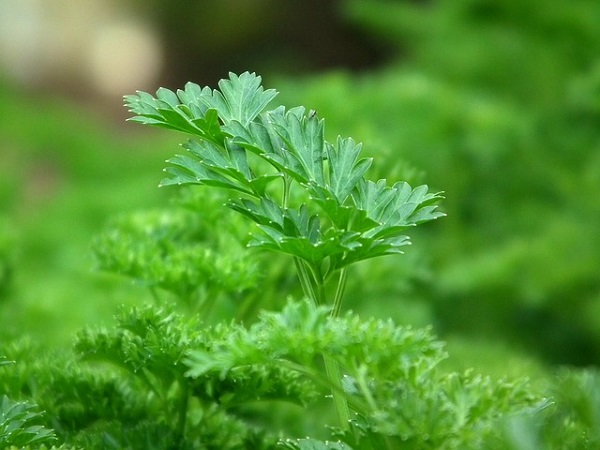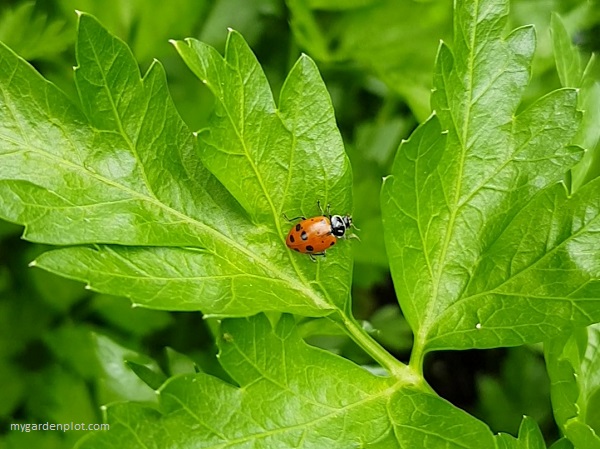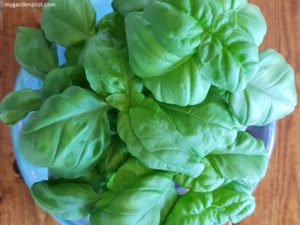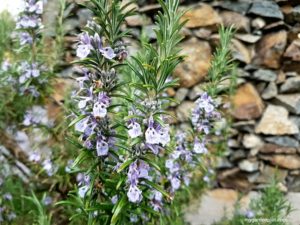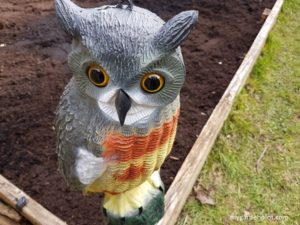Cool And Warm-Weather Herb: Parsley (Petroselinum crispum)
Parsley is grown worldwide and is a staple in many European, Middle Eastern and North American kitchens. There are two kinds of this herb readily available in most areas: curly parsley and flat–leaf parsley, or also referred to as Italian parsley. They can be used interchangeably in cooking, but the latter has a richer savoury flavour. It complements nearly any dish. Parsley is used in classic French cooking and considered a standard herb in fines herbes and a bouquet garni. Fines herbs includes chives, tarragon, chervil and, of course, parsley. Learning to grow garden parsley in your garden super easy! Here’s how.
Is Parsley An Annual Or Biennial Herb?
Technically parsley is a biennial herb. And as a biennial herb, it will need to be replaced every second year. However, many gardeners find the unpredictability of bolting to flower in the second year too much. And prefer to treat this herb as an annual, replacing their parsley every spring. Once your parsley flowers, it will set seed and perish. The choice is yours. We’ve done both and inclined to go with new parsley plants every year.
Parsley At A Glance
Type: Biennial herb
Location: Full sun to part shade during hot weather
Season: Spring / Summer
How To Plant And Grow Parsley
Young parsley can be planted outside in late spring, and again in early autumn in milder climates. Seedlings are readily available and relatively cheap. The average space between parsley plants should be 20 cm (8 inches). However, if growing from seed indoors, you will need a least a month before planting outside after the last frost. Parsley is slow to germinate, so you will need some patience at this early stage.
Parsley likes a sunny to part shade site. It grows best in a partially shady location during hot summer afternoons. They do well growing in between other plants though consider the space between the plants and the height of the other plant if too much shade is provided. It needs regular watering and thrives in moist, but well-drained soil. Parsley needs regular fertilizing during the growing months.
They can also be grown in pots on your patio, but make sure they have room in the pot as parsley plants develop long taproots reaching about 60 cm (24 inches) at maturity.
Harvesting Parsley
Cut parsley stems from the base starting from the outermost leaves of the plant cluster. Trimming from the bottom of the plant encourages new growth and extends the harvest season of your parsley. If you have too much parsley, simply wash, dry and freeze for another day.
Good Companion Plants
Parsley can be planted near most vegetables and herbs. However, best not plant next to lettuce, onions and garlic family, which can affect growth. Group moisture-loving herbs, like cilantro (coriander), together with parsley. Rosemary and other drought-tolerant herbs are best planted separately from your parsley.
Butterflies And Beneficial Insects
Parsley draws a number of beneficial insects to the garden. Still, occasionally they are affected by butterfly caterpillars, which may eat foliage along the way. They eventually leave, and you can enjoy your garden with butterflies.
